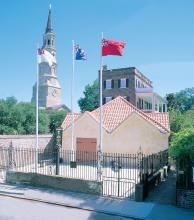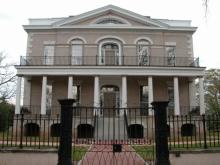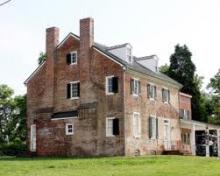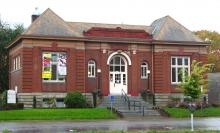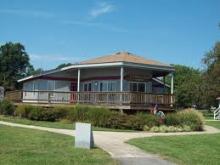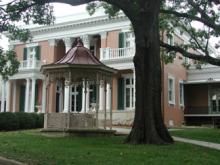Arthurdale Historic District

The Arthurdale Historic District was the first of FDR's "New Deal" towns, visited by Eleanor Roosevelt. The New Deal Homestead Museum is located on site.
Arthurdale, WV, was first known as The Reedsville Project by the government employees who were sent here to establish the first New Deal community under the first of three Franklin Delano Roosevelt administrations.
Prior to FDR's election in 1933, Eleanor became interested in the work of the American Friends Service Committee (AFSC), a Quaker organization which had begun a child feeding program in Pennsylvania and West Virginia at President Hoover's request. Clarence Pickett, secretary of the AFSC, was invited to Hyde Park, NY, FDR's home, to discuss the AFSC's efforts at vocational reeducation and subsistence living projects. FDR, after his 1933 inauguration, promoted a bevy of bills to address the problems of the Depression. One of these was a bill to establish a subsistence homestead fund. This bill interested First Lady Eleanor Roosevelt and she, along with Clarence Pickett, who by then had been appointed chief of the Stranded Mining and Industrial Populations Section of the Department of the Interior, became involved with The Reedsville Project.
The Reedsville Project, later named Arthurdale after Richard Arthur, from whom the land was purchased, was begun in 1934 as a homestead community. Land was purchased, residents were selected, homes were constructed, more residents were selected, more homes constructed... until there were 165 homes and several community buildings including a school complex, built on approximately 1200 acres in rural Preston County, WV. Today, most of the community buildings still stand and most are part of AHI, Inc.'s museum.
Many of the new residents were displaced miners from the Scott's Run area near Morgantown, WV, but some moved here from other areas of Preston County and WV. Some of the homes housed the government employees who were assigned jobs here such as teachers, physicians, surveyors, engineers, secretaries, etc.
The homesteaders themselves were responsible for paying rent, working and farming their allotted acreage, and some were employed to build new homes and the administration building, forge, gas station, cooperative store, craft shop, center hall, and school buildings. Some found work in the schools, post office, barber shop, and the Mountaineer Craftsman Association. Some were hired to work in the numerous business ventures which were enticed to the area.




